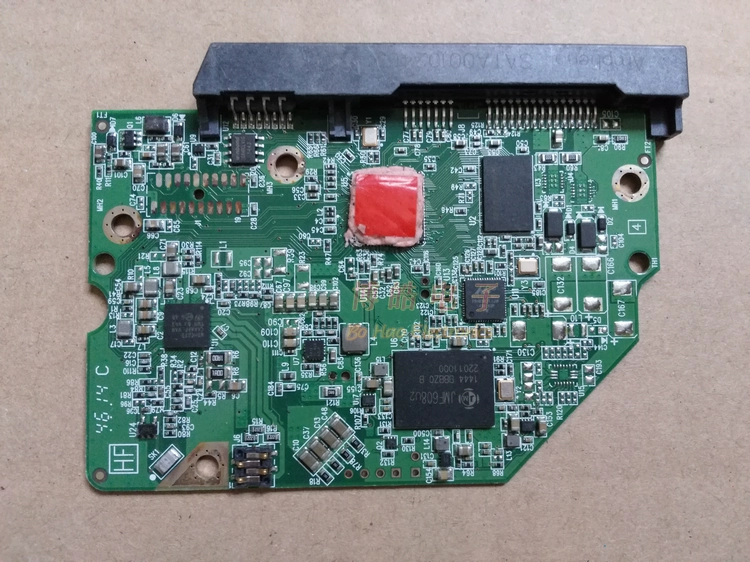WD's page on NasWare 3.0 states the following:
I'm not sure how firmware alone could accomplish this. Do WD Reds have super caps or some other circuitry to ensure command completion after power loss? Do the WD Reds actually protect your data in case of a power loss or is this just a fancy way of saying they'll expect the RAID controller to protect your data?
I live an area where unexpected power loss is quite frequent, so this feature is extremely important to me but I need to know how it works to make sure it's not just marketing BS.
I'm going to put a 4TB WD Red drive in a desktop PC which remains on 24/7. The WD Red will be the only drive in the system so it obviously will not be in a RAID configuration. My reason for choosing the WD Red is that it's the only drive rated for 24/7 operation other than the Purple.
NASware further improves drive reliability and protects your data in the event of a power loss or disruption.
COMMAND COMPLETION
To further improve reliability, NASware minimizes the data corruption or loss in the event of an unexpected power loss by completing the command in process before shutting down.
I'm not sure how firmware alone could accomplish this. Do WD Reds have super caps or some other circuitry to ensure command completion after power loss? Do the WD Reds actually protect your data in case of a power loss or is this just a fancy way of saying they'll expect the RAID controller to protect your data?
I live an area where unexpected power loss is quite frequent, so this feature is extremely important to me but I need to know how it works to make sure it's not just marketing BS.
I'm going to put a 4TB WD Red drive in a desktop PC which remains on 24/7. The WD Red will be the only drive in the system so it obviously will not be in a RAID configuration. My reason for choosing the WD Red is that it's the only drive rated for 24/7 operation other than the Purple.
Last edited:






